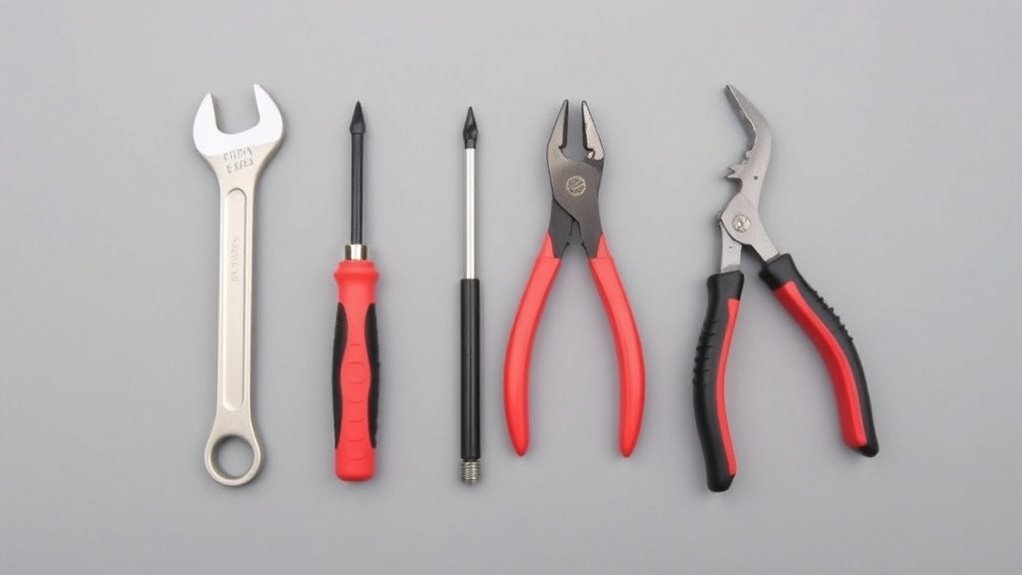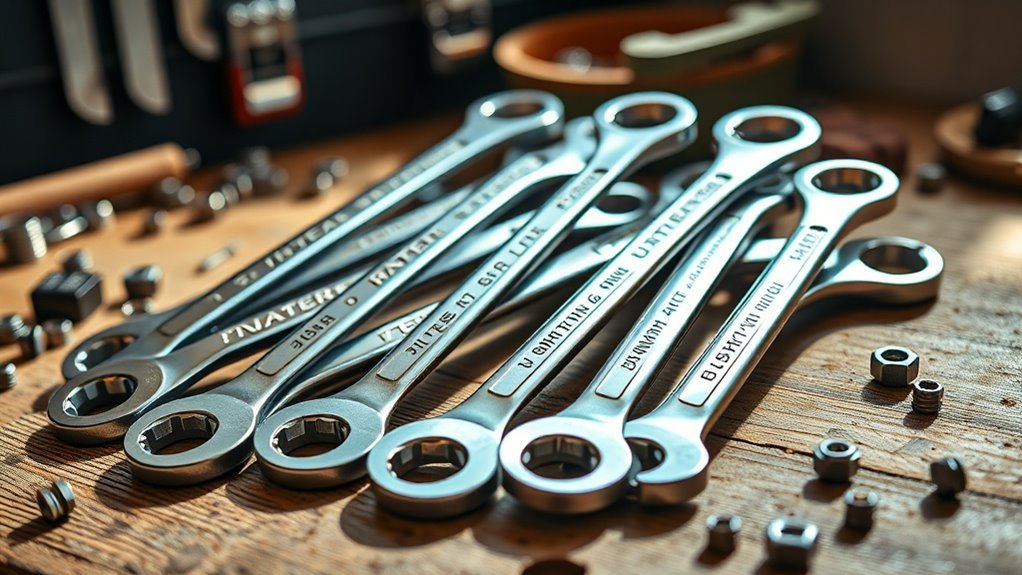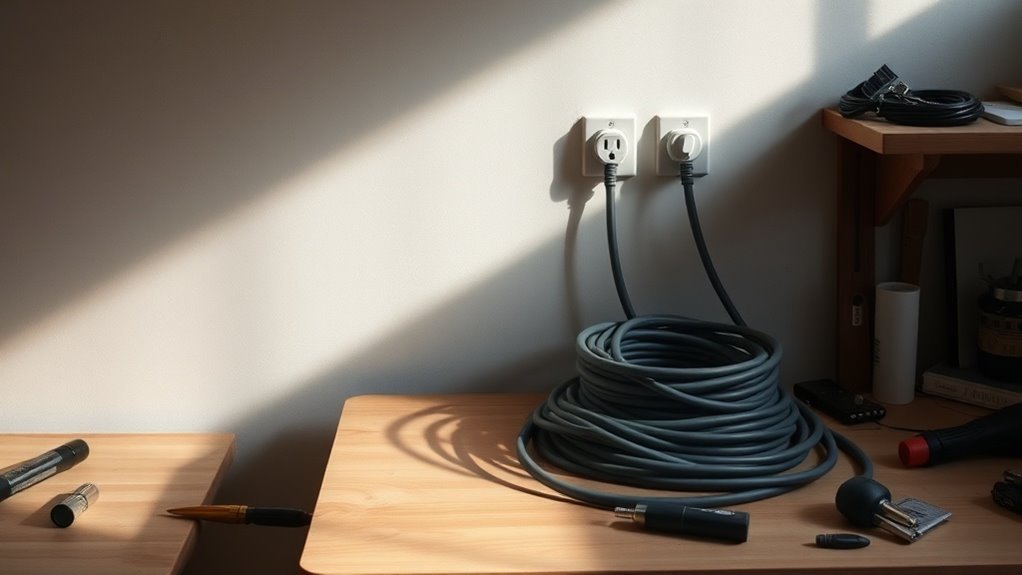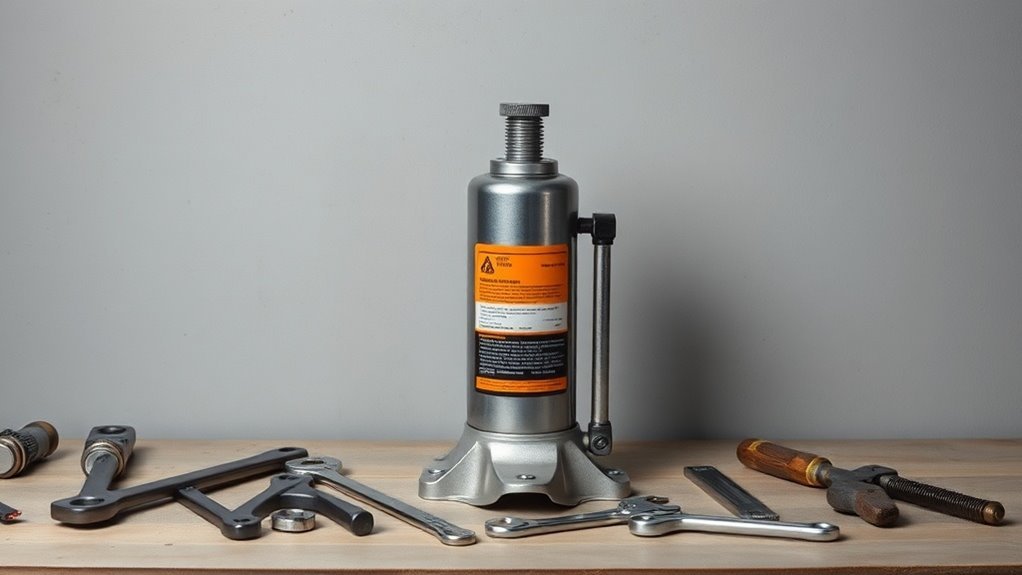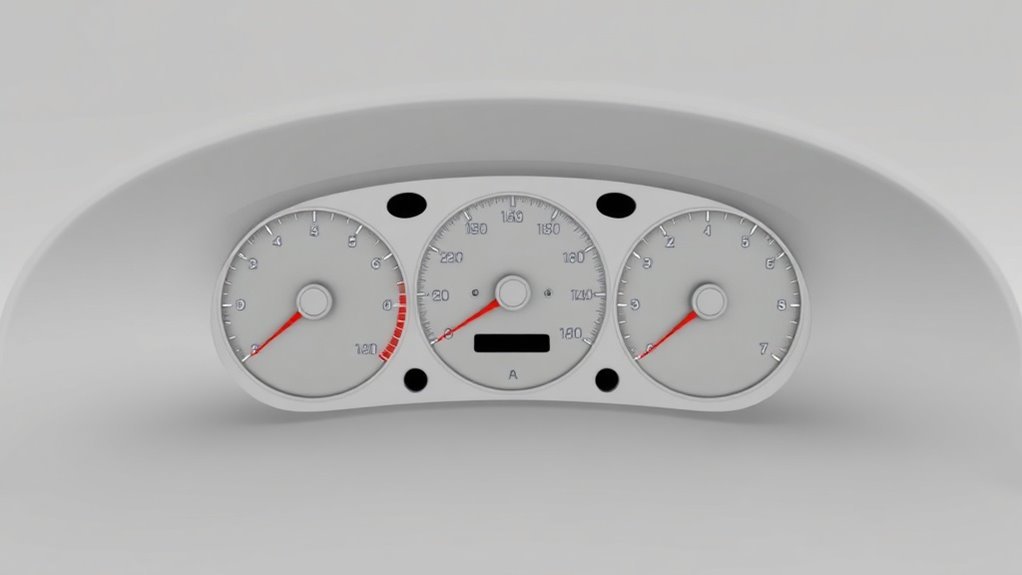How OBD Scanners Communicate With Your Car’s ECU

OBD scanners communicate with your car’s ECU through the OBD II port, usually located beneath the dashboard. Once you plug in the scanner and turn on your ignition, it connects automatically. This allows the scanner to retrieve important diagnostic data, like engine performance and emissions information. By understanding this communication process, you can prevent issues and keep your vehicle running smoothly. There’s much more to discover about maintaining your vehicle’s health and diagnostics.
Key Takeaways
- OBD scanners connect to the car’s ECU through the OBD-II port, typically located beneath the dashboard near the driver’s seat.
- Plugging in the scanner allows for automatic communication with the vehicle’s onboard computer for diagnostics.
- After connecting, turn on the ignition without starting the engine to enable data retrieval from the ECU.
- The scanner accesses various diagnostic information, including trouble codes and real-time performance data from the vehicle’s systems.
- This communication enables quick troubleshooting of issues, enhancing maintenance and compliance with emissions regulations.
Understanding OBD II Standards
When you plunge into the world of vehicle diagnostics, understanding OBD II standards is crucial. This system, introduced in the 1990s, set a uniform protocol for monitoring vehicle performance and emissions.
You’ll find that OBD II uses a standardized set of codes to detect issues, making it easier to troubleshoot problems. It covers a wide range of vehicles, guaranteeing that diagnostic tools can communicate effectively with the onboard computer.
Knowing these standards allows you to interpret trouble codes accurately, saving time and money on repairs. Fundamentally, OBD II enhances your ability to maintain your vehicle’s health and guarantee it meets regulatory emissions standards.
Understanding OBD II standards helps you decode trouble codes, saving time and money while ensuring your vehicle remains compliant with emissions regulations.
Familiarizing yourself with these principles is the foundation for effective vehicle diagnostic practices.
How OBD Scanners Connect to the ECU
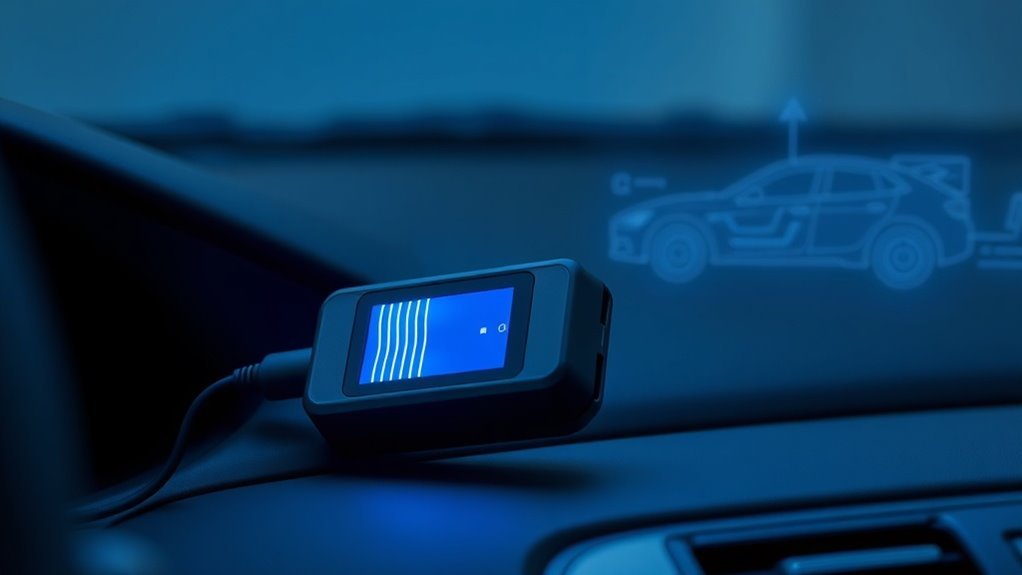
Connecting OBD scanners to the ECU (Engine Control Unit) is a straightforward process that can make a world of difference in diagnosing your vehicle.
First, locate the OBD-II port, typically found beneath the dashboard near the driver’s seat. Once you’ve found it, simply plug in your scanner. Most OBD scanners are designed to automatically establish a connection once they’re plugged in, so you won’t need to fuss with any complicated setup.
After connecting, turn on your vehicle’s ignition, but don’t start the engine. The scanner will then interface with the ECU and retrieve important diagnostic information.
This connection allows you to uncover issues and monitor system performance effectively, making your vehicle maintenance much easier.
Types of Data Retrieved by OBD Scanners
OBD scanners are powerful tools that can retrieve a wealth of data from your vehicle’s ECU. They provide real-time information about your car’s performance, including engine RPM, vehicle speed, and coolant temperature.
You’ll also get data on fuel trim levels, oil temperature, and atmospheric pressure, which can help you monitor efficiency and diagnose potential issues. Additionally, OBD scanners can read sensor data, such as oxygen sensor performance and throttle position, giving you insights into your vehicle’s operation.
You can even access information about the vehicle’s emissions system, including readiness status, which is vital for passing emissions tests. This data can be essential for preventive maintenance and ensuring your car runs smoothly.
Interpreting Diagnostic Trouble Codes (DTCs)
While diving into the world of diagnostic trouble codes (DTCs), you’ll find that these codes are essential for pinpointing issues within your vehicle. Each DTC is a unique alphanumeric code, usually starting with a letter followed by four digits. The letter indicates the category—like “P” for powertrain—and the digits reveal specific problems.
For instance, a code “P0301” generally means there’s a fault in cylinder one misfire.
To interpret these codes, you can use an OBD scanner, which will read the codes directly from your car’s ECU. Once you’ve got the codes, you can look them up online or in a repair manual to understand what’s wrong and how to fix it, helping you get back on the road safely.
The Importance of Regular OBD Scanning for Vehicle Maintenance
Monitoring your vehicle’s health through regular OBD scanning is essential for preventing larger issues down the line. It’ll help you catch small problems before they escalate into costly repairs. By connecting an OBD scanner, you can quickly read diagnostic trouble codes, giving you insight into your car’s performance. Ignoring these warnings can lead to decreased efficiency and even safety risks.
Regular scanning also keeps your vehicle compliant with emissions standards, avoiding potential fines. Plus, it can enhance resale value by ensuring your vehicle’s maintenance history is well-documented.
In short, making OBD scanning a routine part of your vehicle maintenance can save you time, money, and stress, keeping your ride running smoothly for years to come.
Questions
Can OBD Scanners Diagnose Non-Engine Related Issues?
Yes, OBD scanners can diagnose non-engine related issues, like transmission problems, airbags, and anti-lock braking systems. They read codes from various modules, helping you identify and address multiple vehicle concerns beyond just the engine.
Do All Vehicles Have OBD-II Ports?
Not all vehicles have OBD-II ports. Most cars built after 1996 in the U.S. do, but some older models and certain vehicles might have different systems. It’s best to check your vehicle’s specifications for details.
How Often Should I Scan My Vehicle?
You should scan your vehicle at least once a month; studies show regular checks can reduce repair costs by up to 30%. Keeping an eye on your car’s health can save you headaches later on.
Can I Use an OBD Scanner on Multiple Cars?
Yes, you can use an OBD scanner on multiple cars, as long as they support the same protocols. Just make sure to check compatibility, since some features might differ between vehicles. Enjoy your diagnostic adventures!
What Should I Do With the DTCS After Scanning?
You should actually pay close attention to the DTCs you’ve found. Rather than just ignoring them, consider troubleshooting, researching each code, or even visiting a mechanic. Ignoring problems might just lead to bigger headaches.
Conclusion
In summary, understanding how OBD scanners communicate with your car’s ECU is essential for effective vehicle maintenance. By regularly scanning your car, you can catch problems early and keep it running smoothly. After all, “a stitch in time saves nine.” So, don’t wait for warning lights to prompt action; make OBD scanning a part of your routine. Your car will thank you with better performance and longevity.

